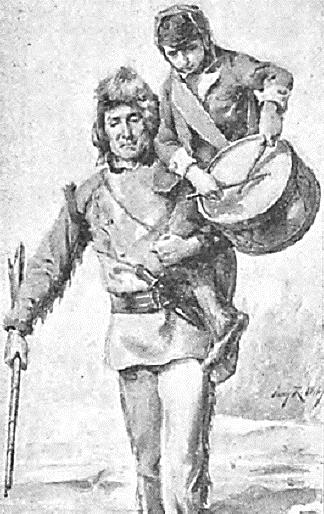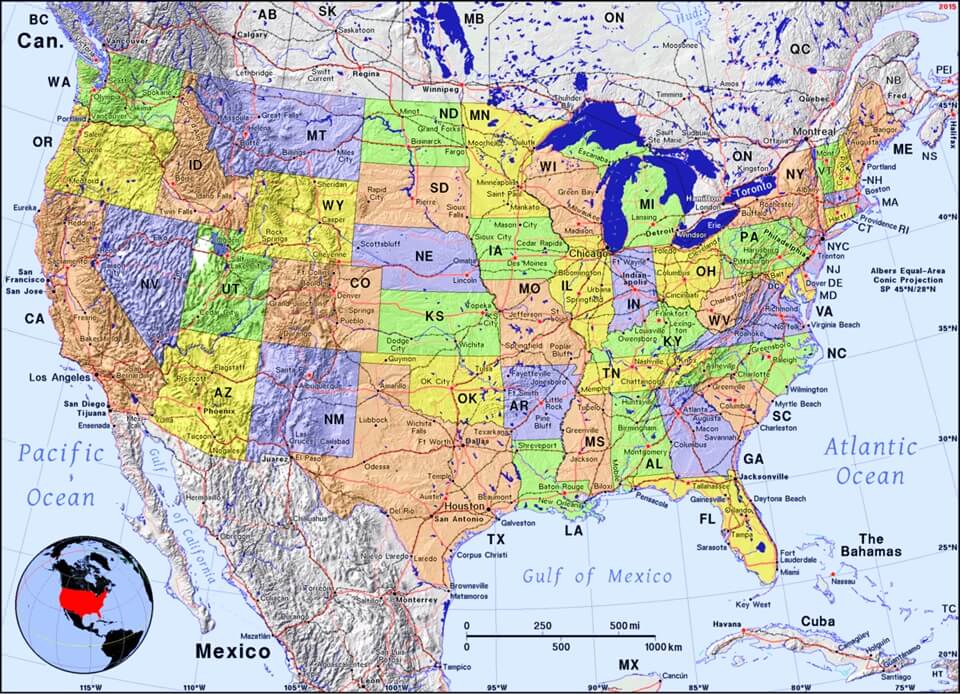 Stories of Great Americans for Little Americans
Stories of Great Americans
Stories of Great Americans for Little Americans
Stories of Great Americans


 Stories of Great Americans for Little Americans
Stories of Great Americans
Stories of Great Americans for Little Americans
Stories of Great Americans

Study the lesson for one week.
Over the week:
In the story, Colonel Clark leads his soldiers to take two British forts. 'Colonel' indicates his rank or position of authority within the army.
An 'officer' rank means the person is a leader. See below an abbreviated list from low to high of some modern officer ranks. General is the highest rank.
Activity 1: Narrate the Story
Activity 3: Model the Story

Activity 4: Study the Story Picture

Activity 5: Map the Story
